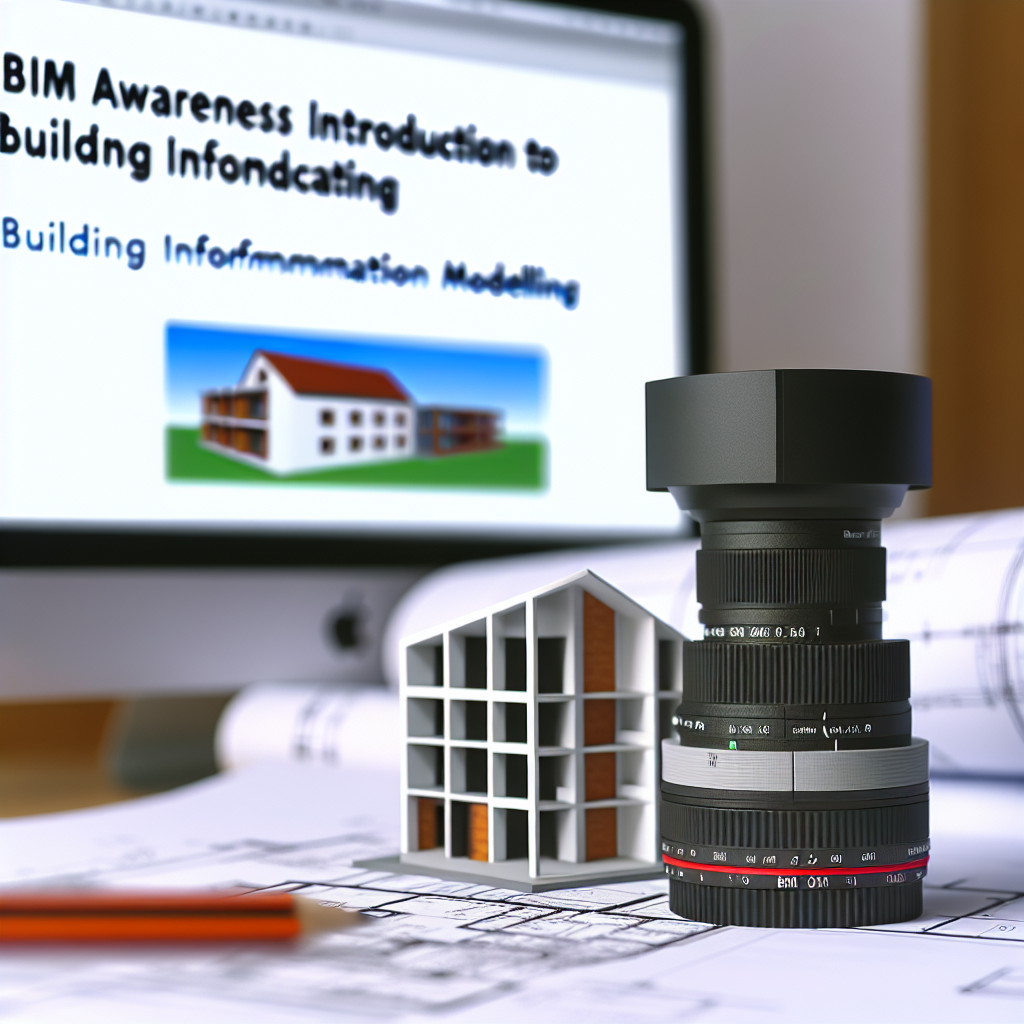Welcome to our BIM Awareness Webinar (Session 1 – Introduction), designed to provide a comprehensive overview of Building Information Modeling (BIM) and its transformative impact on the construction industry. This session aims to equip professionals with foundational knowledge to harness BIM’s full potential. Join us as we explore the basics and significance of BIM in modern architecture and construction.
Understanding Building Information Modeling (BIM) and Its Role in Construction
Building Information Modeling (BIM) is more than just a digital representation of a building’s physical and functional characteristics; it is an intelligent 3D model-based process that provides architecture, engineering, and construction (AEC) professionals with the tools for planning, design, construction, and management of building projects. Unlike traditional 2D drawings, BIM integrates comprehensive data that supports decision-making at every stage of a project.
In this session, we delve into the core concepts underpinning BIM, emphasizing how it facilitates enhanced collaboration, reduces errors, and improves project efficiency. With BIM, stakeholders—from architects to contractors—can access shared, real-time information, leading to more coordinated and sustainable construction outcomes. Understanding these principles is vital for integrating BIM into everyday workflows effectively.
Fundamentals of BIM Adoption and Future Trends
Adopting BIM involves understanding its fundamental components such as data management, interoperability, and software compatibility. Successful implementation requires a strategic approach that aligns with project goals and involves training, technological upgrades, and process revisions. During the webinar, participants learn about the step-by-step process to initiate BIM adoption within their organizations and the challenges to anticipate.
Looking ahead, BIM continues to evolve with innovations like digital twins, augmented reality, and AI-driven analytics. These advancements promise to further revolutionize the AEC industry by enabling predictive maintenance, remote monitoring, and enhanced sustainability initiatives. Attendees are encouraged to stay informed about emerging trends and continuously upgrade their skills to stay competitive in this dynamic landscape.
In conclusion, our BIM Awareness Webinar offers a thorough introduction to the fundamental concepts, implementation strategies, and future developments of Building Information Modeling. By understanding the basics and staying updated on industry trends, professionals can leverage BIM to improve project outcomes and foster innovation. Embracing BIM is key to staying relevant in the evolving architecture and construction sectors.
